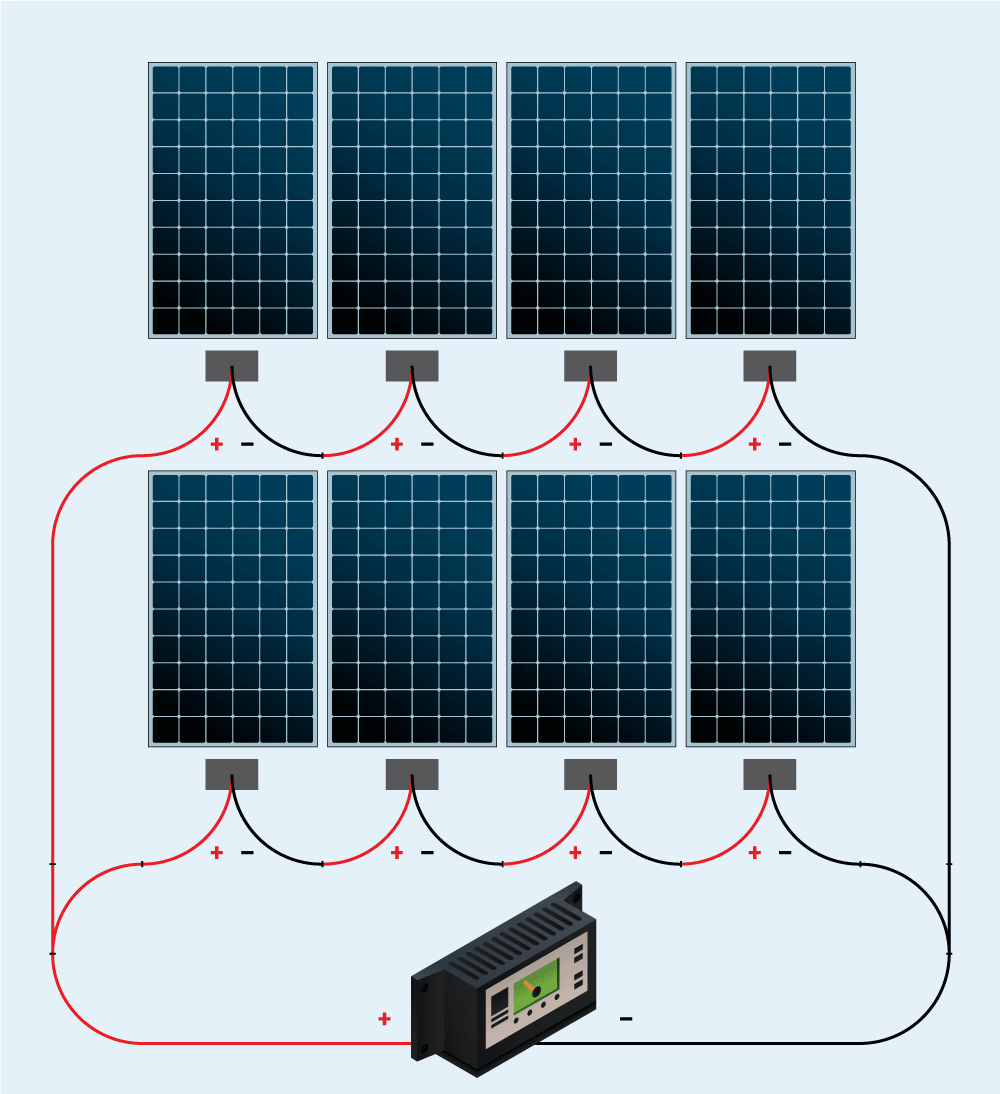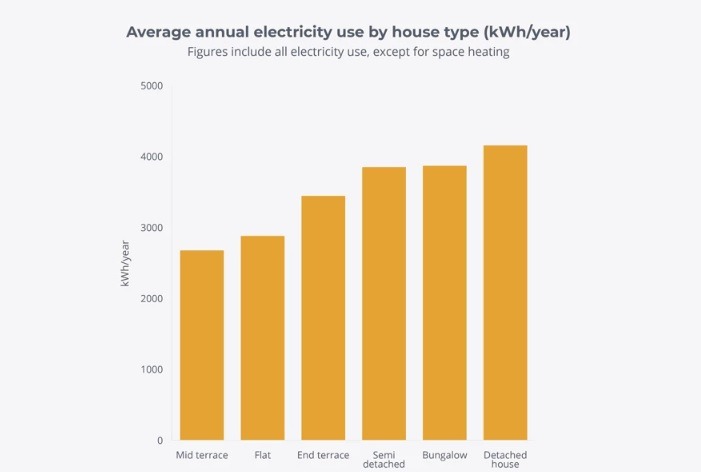Home Solar power appliances are clean, green and use the sun’s free energy, and several solar products are must-haves for a solar future. Solar appliances fall in two broad categories one, solar photovoltaic based appliances that produce electricity to power DC type of electrical devices, and the second, solar thermal systems that use the heat to generate heating which can be used for generating hot water or for cooking.
Because of the amount of call’s we are getting about solar for houses we have started to branch out into this area, however it’s a slow process, I tend to read reviews on products and test them myself before committing to anything!
Solar for houses basically work by taking in the sun’s energy through DC (not AC like homes) panels, most house panels are 36v (volt) or 48v and dependant on MPPT fitted can be as many as you wish to fit. I would always advise going overkill on the panels just due to our UK winters. If the MPPT is a little basic then you may have to series and parallel your panels to stay under the MPPT’s safe settings.
Series means joining one panel to the next and then the next in which case the voltage increases with each panel added, but the amperage stays the same, remember you only need 13amp on most house installs, think of the fuse inside a plug!
Parallel means joining 2 sets of panels together on the same branch, this equates to the amperage going up and the voltage staying the same
So say you buy 10 450w panels, a nice easy way to connect these up and stay well within most MPPT settings is to series 5 panels, then parallel the 2 x 5 panels if the panels were 48v each you should have 240v coming from each bank of panels and around 9.5amps add them together (parallel) 480v and 19amps. Plenty for a 6kw system with battery storage in reserve

What are MPPT’s
https://en.wikipedia.org/wiki/Maximum_power_point_tracking
A note to make here is that most house solar kits have the MPPT/Inverter/Battery Charger all combined in a neat wall mounted package nowadays, we sell this type in our shop and they range from 1kw upto 20kw although we only stock the 5.5kw version at present due to it being the most popular for most homes.

WHAT’S THE DIFFERENCE BETWEEN KWH AND KW?
It’s easy to get kilowatt (kW) and kilowatt-hours (kWh) mixed up when talking about energy consumption. The main difference between kWh and kW is in what they measure. To put it simply, a kilowatt is a measure of power and a kilowatt-hour is a measure of energy; power is the rate at which something uses energy, and energy is the capacity to do work.
The Kilowatt
A kilowatt is simply a measure of how much power an electric appliance consumes—it’s 1,000 watts to be exact. You can quickly convert watts (W) to kilowatts (kW) by diving your wattage by 1,000:
1,000W 1,000 = 1 kW.
The Kilowatt-Hour
A kilowatt-hour measures the energy an appliance uses in kilowatts per hour. For example, if you clean your floors with a 1,000-watt vacuum cleaner for one hour, you consume 1 kWh of energy.
Your kilowatt-hour consumption factors in how many watts your appliances use and how often you use them. When you see kWh on your monthly energy bill, it’s a measurement of your electric appliances’ wattage and the amount of time you use them.
The difference between kWh and kW, and what you see on your bill, is that kW reflects the rate of electricity you use, and kWh indicates the amount of electricity you use. Let’s go over a few examples of kW vs kWh in the context of low- and high-power appliances to give you a better idea of how these two units affect each other:
- Lower watts: If you are using a 100-watt device, such as a plasma TV, you would have to watch your favourite shows for 10 hours before reaching 1 kWh.
- Higher watts: If you are running a 2,000-watt appliance, such as a clothes dryer, you only need to power it for 30 minutes to reach 1 kWh.
The power you use on a daily basis can quickly add up to 1 kWh if you are frequently using high-wattage appliances in your home. Keep this in mind, as energy companies typically charge for power on a per-kWh basis.
